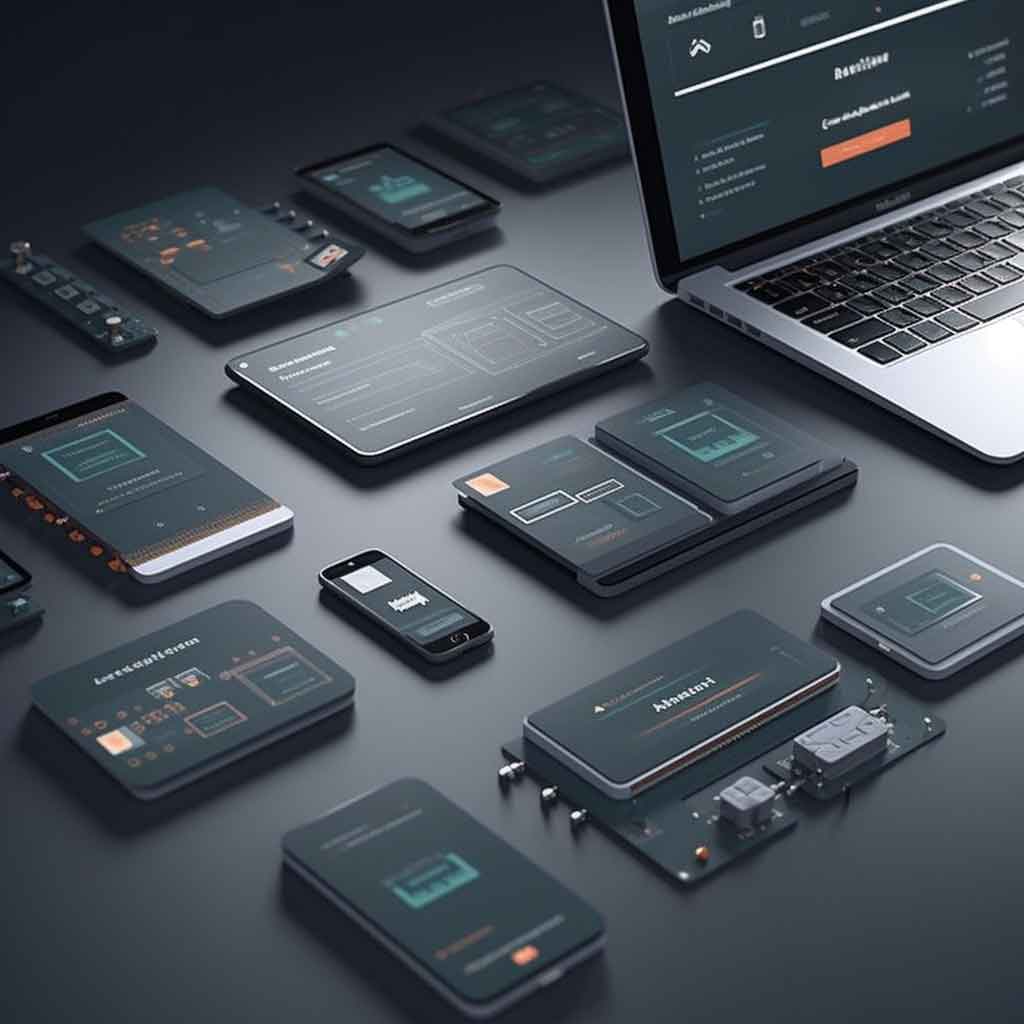Implementing Computer Vision at the Edge
Implementing computer vision on edge devices requires running complex deep learning models in resource-constrained environments. These models must be optimized to function with limited processing power, memory, and energy.
Model Compression Techniques : These methods reduce the computational complexity of models without significantly impacting performance. They include pruning (eliminating less-important network weights), quantization (reducing the precision of weights), and knowledge distillation (transferring knowledge from a large model to a smaller one).
Hardware Accelerators : Specialized hardware like GPUs, FPGAs, and ASICs can provide the necessary computational power to run computer vision models on edge devices. For instance, Google's Edge TPU and NVIDIA's Jetson series are specifically designed for edge AI applications.
Edge AI Software Platforms : These platforms, like Azure IoT Edge and AWS Greengrass, provide tools for managing and deploying AI models across a network of edge devices.



